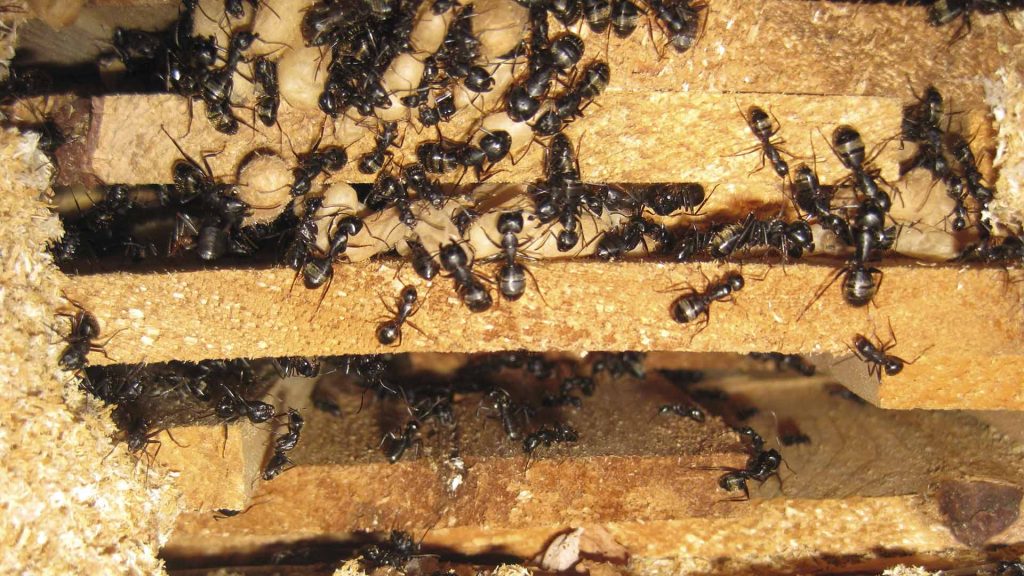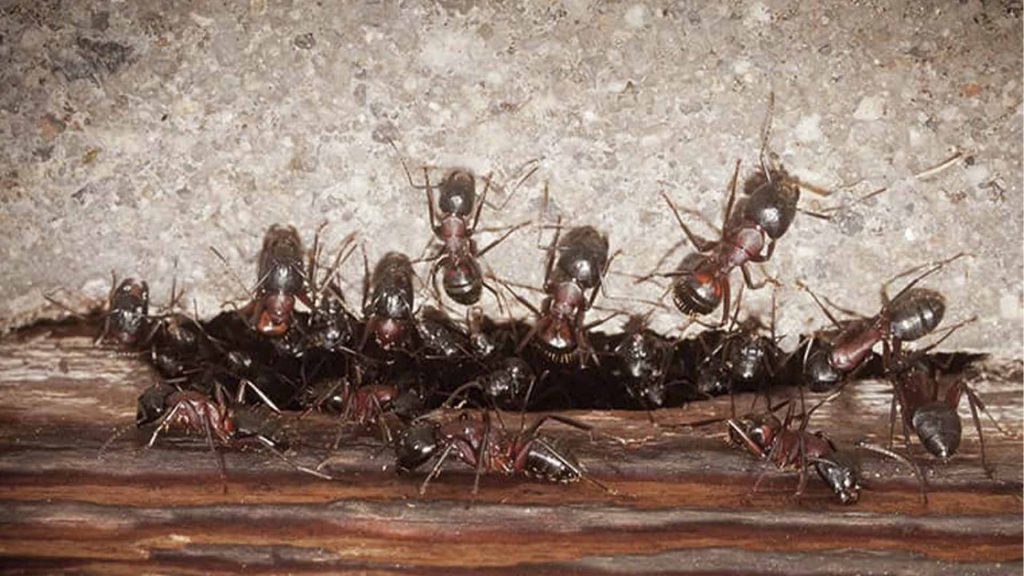Key Takeaways
-
Ant Communication Method: Ants rely primarily on pheromones (chemical signals) for trail marking, alarm signals, and colony identification, forming the foundation of their communication system.
-
Trail Marking: Worker ants leave pheromone trails to direct other ants to food sources, ensuring an efficient and organized food collection process.
-
Alarm and Safety Signals: Alarm pheromones trigger defensive behaviors or retreat in response to threats, maintaining colony safety.
-
Sound and Vibration: Ants use vibrations and stridulation (rubbing body parts) to communicate in environments where pheromones might be ineffective.
-
Tactile Communication: Antenna tapping and trophallaxis (mouth-to-mouth food sharing) allow ants to exchange information directly, especially for food quality and colony health.
-
Importance of Ant Communication: Effective communication ensures resource discovery, colony protection, and task division, making ant colonies highly organized and successful.

How Do Ants Communicate?
The primary method ants use to communicate is through pheromones, which are chemical signals produced by their bodies. These pheromones are secreted by specialized glands and are used for a variety of purposes, including marking trails, signaling danger, and identifying members of the same colony. Trail Marking: When a worker ant finds food, it leaves a trail of pheromones that signal back to the nest, guiding other ants to the food source. This ensures an efficient food collection process, as other ants can follow the scent trail directly to the resource. Alarm Signals: In case of danger, ants release alarm pheromones to alert others. This can trigger an aggressive response or prompt them to retreat, depending on the threat level. The release of alarm pheromones ensures the safety and protection of the colony.Sound Communication: While not as commonly known, ants use vibrations and sounds to communicate. This mode of communication allows them to share information in environments where pheromone signals might be less effective, such as enclosed spaces or during emergencies.
Stridulation: Certain ant species produce sounds by rubbing parts of their bodies together, a process known as stridulation. This sound production is especially common in leafcutter ants and other ground-dwelling species. Visit our Species, Control, and DIY Guide sections for additional resources on ants and ways to tackle an ant infestation.

Not getting a solution?
Get your free pest control estimate today!Tactile Communication (Touch)
Ants also use physical contact to share information, especially during close interactions. This form of communication is often seen during food discovery, threat assessment, and colony maintenance. Antenna Tapping: Ants tap their antennae against each other to exchange information about food sources, threats, or nest conditions. This behavior allows ants to “sense” chemical and tactile cues from other ants, providing real-time information essential for survival. Feeding Signals: In a behavior called trophallaxis, ants pass food or fluids mouth-to-mouth, sharing not just nourishment but also chemical cues. This feeding process allows ants to disseminate information about food quality, source location, and colony health.Why Is Ant Communication So Effective?
The success of an ant colony depends heavily on its ability to communicate.Simple Bullet Points + Description
-
 Find Resources: Efficiently locate food and bring it back to the nest.
Find Resources: Efficiently locate food and bring it back to the nest. -
 Protect the Colony: React quickly to predators or environmental threats.
Protect the Colony: React quickly to predators or environmental threats. -
 Divide Labor: Ensure tasks like foraging, nest maintenance, and care of young are performed seamlessly.
Divide Labor: Ensure tasks like foraging, nest maintenance, and care of young are performed seamlessly.

How To Prevent Ant Infestation?
-
Seal entry points.
-
Keep food sealed and clean.
-
Eliminate moisture sources.
-
Maintain cleanliness and hygiene.
-
Use natural deterrents and baits.





